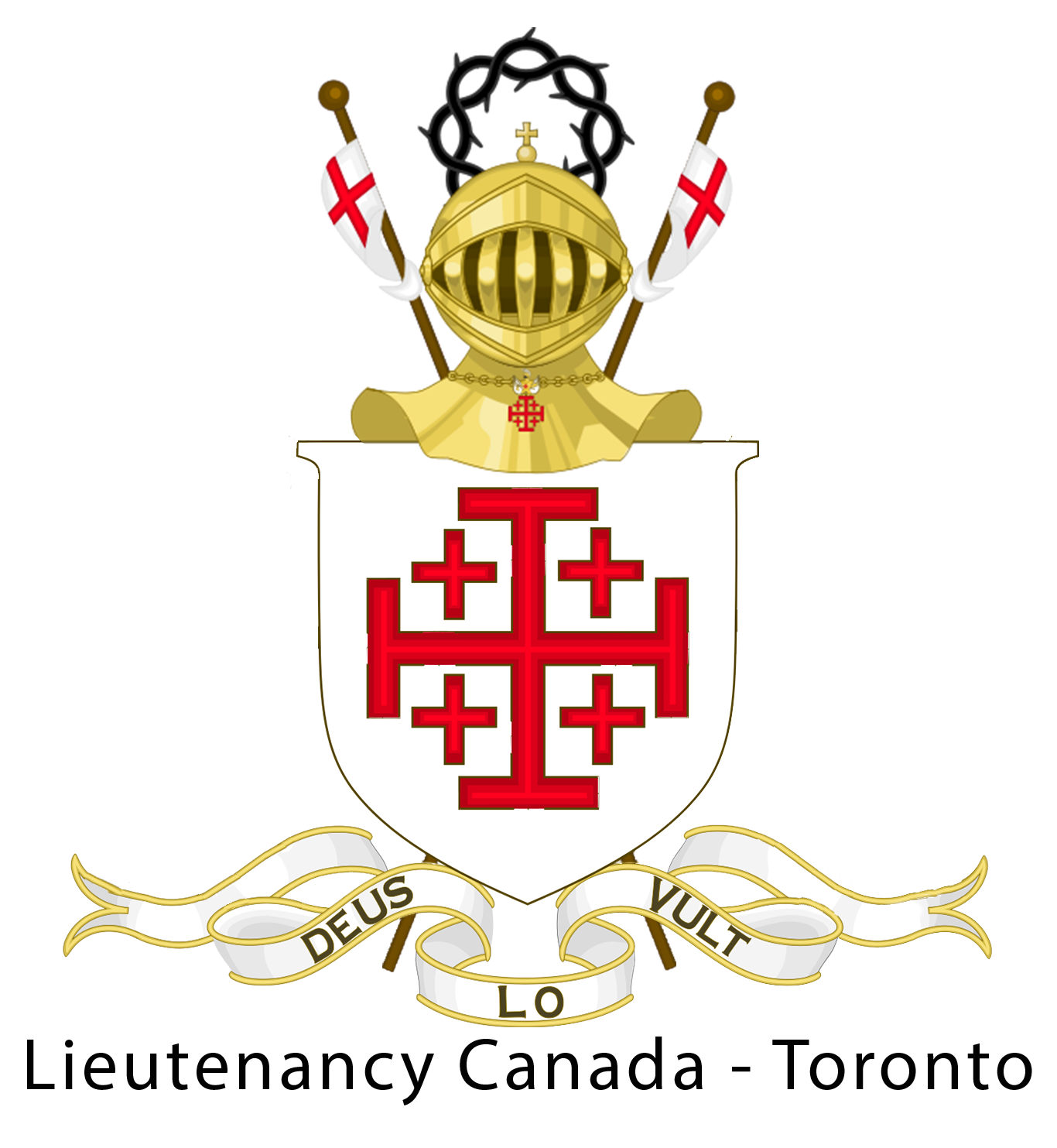What is Sede Vacante?
After the death or resignation of a Pope, the Holy See enters a period of sede vacante. The "vacant seat" is the cathedra of Saint John Lateran, the cathedral church of the Bishop of Rome. During this period, the Holy See is administered by a regency of the College of Cardinals.
According to Universi Dominici gregis, the government of the Holy See and the administration of the Catholic Church during sede vacante falls to the College of Cardinals, but in a very limited capacity. At the same time, all the heads of the departments of the Roman Curia "cease to exercise" their offices. The exceptions are the Cardinal Camerlengo, who is charged with managing the property of the Holy See, and the Major Penitentiary, who continues to exercise his normal role. If either has to do something which normally requires the assent of the Pope, he has to submit it to the College of Cardinals. Papal legates continue to exercise their diplomatic roles.
The postal administration of the Vatican City State prepares and issues special postage stamps for use during this particular period, known as "sede vacante stamps".
The coat of arms of the Holy See also changes during this period. The papal tiara over the keys is replaced with the umbraculum(as seen in image in right). This symbolizes both the lack of a Pope and the governance of the Camerlengo over the temporalities of the Holy See. As further indication, the Camerlengo ornaments his arms with this symbol during this period, which he subsequently removes once a pope is elected. Previously during this period the arms of the Camerlengo appeared on commemorative Vatican lira coinage. It now makes its appearance on Vatican euro coins, which are legal tender in all Eurozone states.
The interregnum is usually highlighted by the funeral Mass of the deceased pope, the general congregations of the College of Cardinals for determining the particulars of the election, and finally culminates in the papal conclave to elect a successor. Once a new pope has been elected (and ordained bishop if necessary) the sede vacante period officially ends, even before the papal inauguration.
Cardinals present in Rome are required to wait at least fifteen days after the start of the vacancy before they hold the conclave to elect the new Pope. After twenty days have elapsed, they must hold the conclave, even if some cardinals are missing. The period from the death of the Pope to the start of the conclave was often shorter but, after Cardinal William Henry O'Connell had arrived just too late for two conclaves in a row, Pius XI extended the time limit. With the next conclave in 1939, cardinals began to travel by air. Days before his resignation in February 2013, Benedict XVI amended the rules to allow the cardinals to begin the conclave sooner, if all voting cardinals are present. Historically, sede vacante periods have often been quite lengthy, lasting many months, or even years, due to lengthy deadlocked conclaves.

